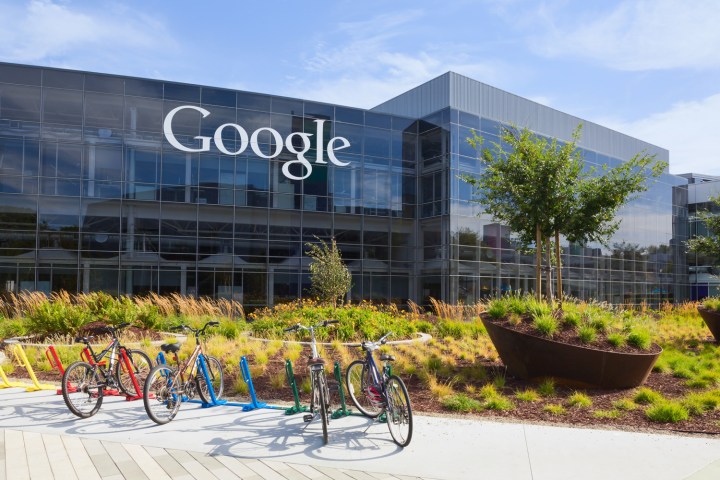
Here’s how it works: when you dial an emergency service number like 911, your Android phone determines your precise location using a collation of Wi-Fi, GPS, and cell tower data. It works “both indoors and outdoors,” said Emergency Location Service Product Manager Akshay Kannan, and far more reliably than conventional emergency technologies — Enhanced 911’s location uses cell tower location and assisted GPS alone, techniques which Kannan said can produce radii of up to “several kilometers.”
The coordinates are then transmitted to emergency services “either directly or through your mobile network,” and your location is “never seen or handled by Google,” said Kannan.
Emergency Location Service already works on “over 99 percent” of existing Android devices, Kannan said, thanks to its method of distribution: Google Play Services. For the uninitiated, that’s the app central to a number of Android’s networked features (contact synchronization, to name one) which acts as a sort of gateway for the installation and upgrade of software components. Any phone running Android version 2.3 and above is technically compatible with the Emergency Location Service, said Kannan, but full support depends on whether your mobile service provider and “emergency infrastructure provider” have opted in.
Because of that limitation, Emergency Location Service isn’t yet available globally. Rather, Google has partnered with a number of cellular providers, including Telia, Vodafone, Elisa, O2, BT Group, EE Limited, and Tele2 AB to launch the feature in the U.K. and Estonia. But it’s not giving up on a wider rollout. “We look forward to making Android’s Emergency Location Service available internationally, and are actively engaging with more countries and operators to make this widely available,” Kannan said.
To enable Emergency Location Service, you don’t have to lift a finger — it activates automatically when a supported network is detected.

